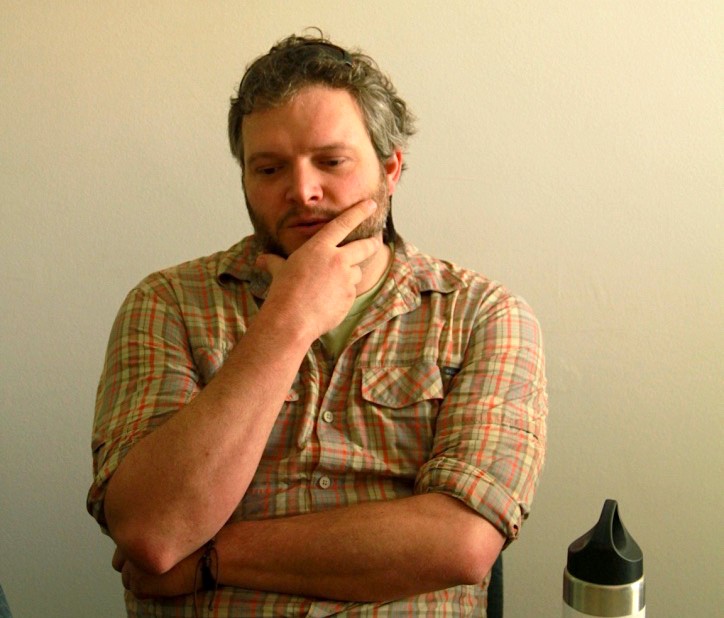If you have visited a national park recently and seen artifacts in their original setting, you may have a UA graduate student to thank. Ben Bellorado, a UA anthropology graduate student, researches building decorations in archaeological sites and works with land managers to keep these sites open to the public.
Bellorado received funding from the Canyonlands Natural History Association to survey remarkably well-preserved archaeological sites in southeastern Utah. Bellorado’s sites are in areas owned by the Bureau of Land Management, an agency within the U.S. Department of the Interior, and are fully open for the public to explore.
Cliff dwellings, Bellorado’s sites, are well-preserved because of the climate and contain many artifacts valuable to archaeologists. Bellorado works to document these sites and their artifacts, which have been largely unexplored by archaeologists in the past.
Bellorado’s main interest lies in the building’s decorations, including plaster murals within the well-preserved cave dwellings. For Bellorado, looking at buildings has a stronger cultural value than anything.
“Looking at people’s homes and where they live in general really helps you get in peoples’ minds,” Bellorado said.
Being able to see how people lived and decorated their living spaces allows archaeologists like Bellorado to see into the minds of ancient peoples. Building decorations reflect how people thought about their personal and communal identities, even across the landscape, according to Bellorado. This is why he has chosen multiple sites across Utah in which to observe changes in decoration style over time.
Archaeological artifacts help to relate social and religious practices to one another among groups of people across time and space.
Unfortunately for Bellorado, it’s impossible to date items like rock art and cliff dwellings. To properly date these sites, Bellorado relies on other means. Given the incredible preservation of these sites, he can use dendrochronology to date the wooden support structures inside the homes.
With multiple sources of wood to date, Bellorado can cross-date the site, a technique that compares tree rings of unknown ages from his sites to well-documented tree rings from different sites. Matching these rings to known tree-ring patterns allows for dendrochronologists and archaeologists to know the exact year the tree was cut down to be used in a housing structure.
Bellorado can also determine dates of reconstruction using just the tree-ring samples collected, all of which help to date the site and know when it was occupied.
While Ballorado is interested in surveying and documenting archaeological sites, he’s also very involved with archaeological site conservation. Given the open nature of the sites, tourism has increased, as have vandalism and looting.
Bellorado works with the Bureau of Land Management, Friends of Cedar Mesa and the Canyonlands Natural History Association to help educate people about responsible archaeological site activity. Tourists can inadvertently destroy precious data, artifacts and their records from sites when items are touched or moved from their original location.
Bellorado’s advice for visitors to open archaeological sites is to not touch walls or rock art, as they can degrade easily, and if visitors pick up an artifact, they must return it to where it was found. His ultimate advice would come from the park service slogan, “Take only photographs, leave only footprints.”
According to Bellorado, continued detriment would cause the sites to have much stricter regulations. Only guided tours and paved trails would be allowed in order to protect the sites, but these would cause visitors to miss out on the special connection that comes with visiting open sites containing artifacts, according to Bellorado.
His work is helping to prevent this. By working with the BLM, Bellorado and his team can see what is contained in these sites before they are impacted. The group takes an inventory of the structures and items to report to land managers.
With this information, the land managers help to develop new types of management practices to help conserve sites while leaving them open to the public. This can include monitoring roads with traffic to these sites and steering visitors away from particularly fragile sites. Bellorado’s work also helps to distribute park rangers to sites that are fragile and in the most need of monitoring.
As for Bellorado, he’s always looking for student volunteers to help work on these sites.
Follow Bailey Bellavance on Twitter.









